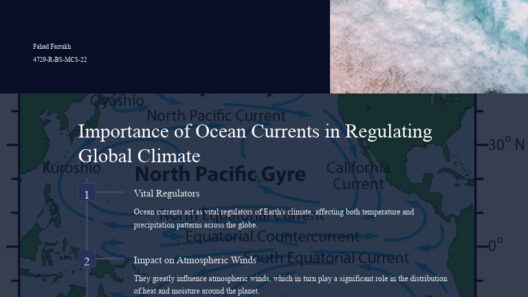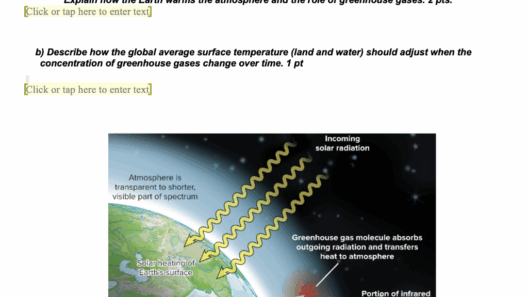Poland sits at the crossroads of two significant climatic influences: the continental climate of Central Europe and the milder, more temperate maritime climate. This unique blending of weather patterns results in a remarkable diversity of conditions across the nation, each with distinctive seasonal characteristics. But what exactly does this mean for the Polish landscape, and how does it impact the lives of its inhabitants?
Firstly, let’s delve into the key components that define Poland’s climate. The country predominantly experiences a continental climate characterized by expansive temperature ranges across the seasons. Winters can be quite frigid, with averages dropping below freezing, particularly in the eastern regions. Conversely, summers bring warm to hot temperatures, allowing for the cultivation of various agricultural products. This variability affects not just the agricultural layouts but also the flora and fauna that thrive in these conditions.
In juxtaposition, the maritime influence, predominantly felt in the north along the Baltic Sea, softens these extremes. This region experiences milder winters and cooler summers compared to the more continental areas. The proximity to the sea provides a protective buffer against harsh weather events, yet it also brings about increased humidity and precipitation. Thus, one could ask: how do the contrasting climatic influences shape the everyday experiences of Polish citizens?
One notable challenge that arises from this climatic dichotomy is the increased frequency of weather-related disruptions. As winter temperatures plunge in the interior, heavy snowfall and ice can wreak havoc on transportation networks. Roads become treacherous, and train delays become commonplace. Meanwhile, the northern coastal regions, while spared from some of winter’s harshness, face a different kind of disruption with coastal storms and flooding during the autumn months, prompting residents to adapt their lifestyles and infrastructure.
Spring and autumn serve as transitional periods where the interplay between the two climactic conditions is especially poignant. Spring heralds a resurgence of life as temperatures gradually rise, often initiating unpredictable weather patterns that oscillate between warm sunny days and sudden cold snaps. Autumn, on the other hand, showcases a beautiful palette of changing leaves as temperatures cool, yet can also devolve into bouts of heavy rainfall, impacting the harvesting of crops and forcing farmers to reassess their strategies.
From a botanical perspective, Poland’s unique climate nurtures a remarkable variety of ecosystems. The western regions, under the influence of a maritime climate, are home to lush forests predominantly comprised of temperate deciduous trees. Ash, oak, and birch create a stunning canopy, supporting an array of wildlife. Meanwhile, the eastern portions of the country, which experience more pronounced continental influences, are characterized by a mixture of forests and agricultural land. Here, crops such as wheat and rye flourish, demonstrating flexibility in the face of weather variability.
Moreover, this climatic hybridization fosters rich biodiversity in both animal and plant populations. The presence of both aquatic and terrestrial ecosystems enables unique adaptability. For instance, species such as the European bison inhabit the more extensive woodlands of the Białowieża Forest, while a multitude of migratory birds navigate through Poland during their seasonal journeys, using the diverse climatic zones as crucial feeding and breeding grounds.
Yet, the climatic dichotomy presents not merely challenges and opportunities but also implications for climate change resilience. As temperatures continue to rise globally, Poland is not exempt from experiencing shifts in weather patterns. These changes can exacerbate existing challenges, such as increased flooding in coastal areas and prolonged droughts in agricultural regions. In this context, the need for adaptive measures and sustainable practices becomes paramount, prompting discussions about agricultural techniques, urban planning, and environmental conservation initiatives.
Another question arises: can Poland strategically leverage its geographical and climatic nuances to forge a path towards sustainability? By embracing renewable energy sources such as wind and solar, Poland could reduce its reliance on fossil fuels, while utilizing its diverse climatic zones to cultivate a wider variety of crops resilient to changing weather patterns. The synergy between environmental consciousness and economic growth could empower the nation to prosper in a warming world.
In conclusion, Poland’s climate is an intricate tapestry characterized by the interplay of continental and maritime influences. This unique blend creates challenges and opportunities, shaping the lives of its inhabitants and the fabric of its ecosystems. The need to adapt to climatic shifts emphasizes the urgency of integrating sustainable practices into daily life and policy-making. By embracing this bilayered climate, Poland can not only protect its rich biodiversity but also emerge as a leader in addressing the global challenges presented by climate change.






